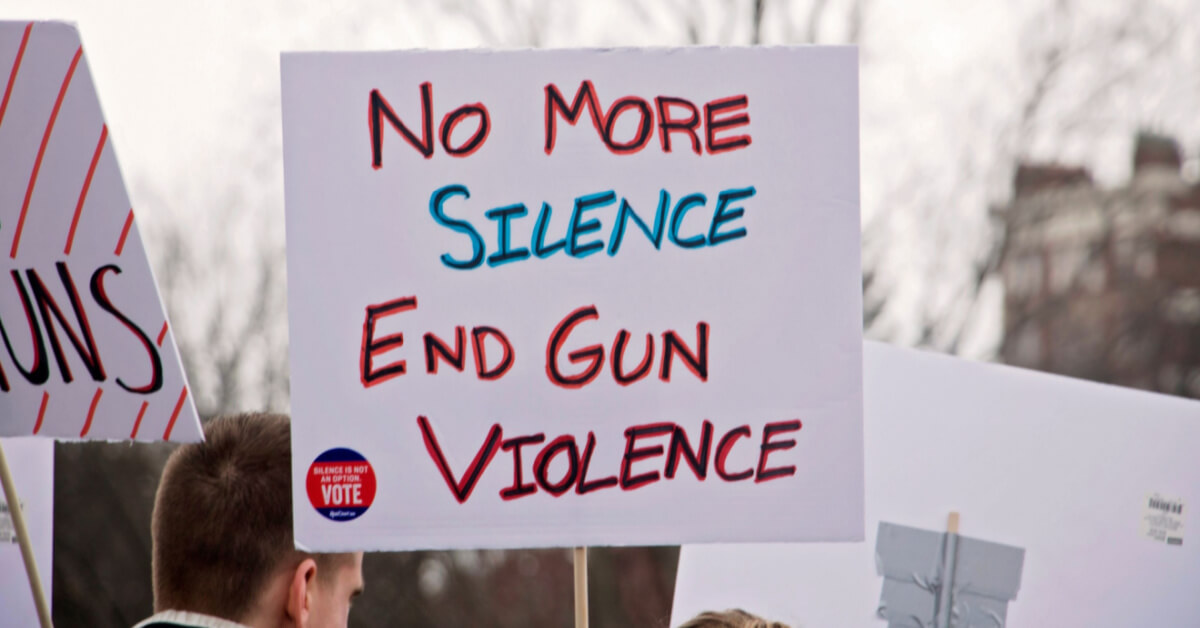June 1, 2022
Sickened by the mass shooting, disgusted by a lack of political leadership, and fearful for my students and for my own young children, I hammered out a written editorial in which I implored the President of the United States to lead meaningful legislative action to interrupt the disgraceful pattern of American gun violence. I shared the letter with my grade-team colleagues during our morning meeting, and among those trusted friends I was reminded that while the news felt overwhelmingly grim, the future, in the hands of students who could rise to the challenges of the times, was at least a bit brighter.
That was ten years ago. Since then, many tens of millions of firearms have been added to the nation’s private arsenal, and scores of mass shootings have bloated the ledger of an American disgrace. And in that time, I have come to see that progress on our nation’s most intractable challenges—gun violence among them—will remain elusive until we collectively find the courage, patience, and curiosity to engage with those with whom we vehemently disagree because at present we are utterly incapacitated by political polarization.
For now, teachers are in the acute phase of…

